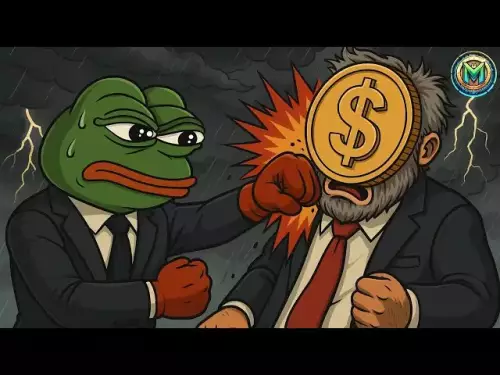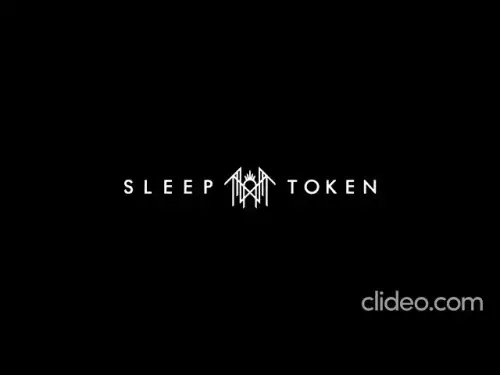-
 Bitcoin
Bitcoin $112200
0.96% -
 Ethereum
Ethereum $4310
0.64% -
 XRP
XRP $2.978
4.28% -
 Tether USDt
Tether USDt $0.9999
-0.02% -
 BNB
BNB $877.9
0.29% -
 Solana
Solana $215.6
6.68% -
 USDC
USDC $0.9997
-0.02% -
 Dogecoin
Dogecoin $0.2387
7.54% -
 TRON
TRON $0.3316
0.73% -
 Cardano
Cardano $0.8633
4.49% -
 Hyperliquid
Hyperliquid $50.46
7.52% -
 Chainlink
Chainlink $23.01
3.82% -
 Ethena USDe
Ethena USDe $1.001
-0.01% -
 Sui
Sui $3.469
2.94% -
 Stellar
Stellar $0.3750
4.79% -
 Bitcoin Cash
Bitcoin Cash $587.2
-2.71% -
 Avalanche
Avalanche $25.48
4.50% -
 Hedera
Hedera $0.2258
3.79% -
 UNUS SED LEO
UNUS SED LEO $9.548
0.05% -
 Litecoin
Litecoin $112.7
-1.24% -
 Cronos
Cronos $0.2527
-2.26% -
 Toncoin
Toncoin $3.098
-0.03% -
 Shiba Inu
Shiba Inu $0.00001287
4.08% -
 Polkadot
Polkadot $4.037
1.46% -
 Uniswap
Uniswap $9.567
3.02% -
 Dai
Dai $0.9997
-0.01% -
 Ethena
Ethena $0.7735
5.26% -
 World Liberty Financial
World Liberty Financial $0.2077
-7.48% -
 Monero
Monero $271.3
0.38% -
 Aave
Aave $302.8
1.35%
How do I confirm a reversal after a "Morning Star" candlestick pattern appears?
The Morning Star candlestick pattern signals a potential bullish reversal after a downtrend, confirmed by rising volume, RSI above 30, and follow-through buying in subsequent sessions.
Sep 09, 2025 at 05:19 am
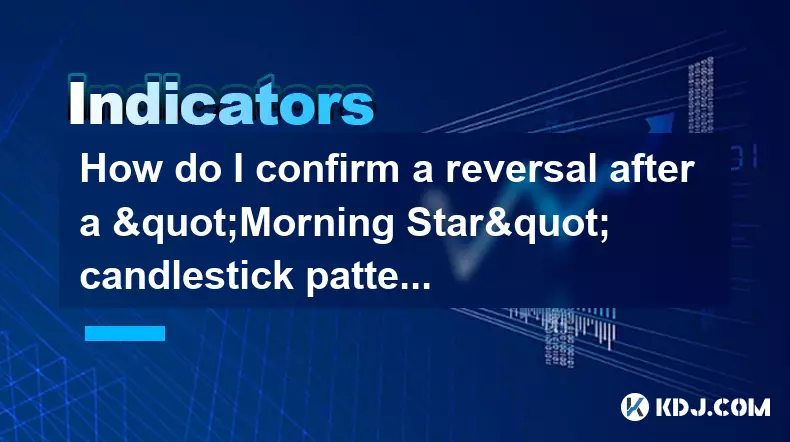
Understanding the Morning Star Candlestick Pattern
1. The Morning Star is a bullish reversal pattern that typically forms at the end of a downtrend. It consists of three candles: a long bearish candle, followed by a small-bodied candle (often a doji or spinning top), and then a long bullish candle. This sequence reflects weakening selling pressure and the emergence of buyer interest.
2. Traders often look for this pattern in daily or weekly charts, where its significance tends to be stronger due to higher volume and broader market participation. The first candle confirms continued bearish momentum, while the second shows indecision as sellers lose control.
3. The third candle’s close above the midpoint of the first bearish candle is considered a key signal. When this occurs, it suggests buyers are regaining strength and may push prices higher in the coming sessions.
4. Volume plays a crucial role in validating the pattern. An increase in volume during the formation of the third bullish candle adds credibility, indicating strong participation from buyers entering the market.
5. While the pattern itself is visually identifiable, relying solely on its appearance can lead to false signals. Confirmation from other technical tools increases the reliability of any trading decision based on this setup.
Confirming Reversal with Technical Indicators
1. A rising Relative Strength Index (RSI) crossing above 30 can confirm loss of bearish momentum and the start of a bullish shift. When RSI moves out of oversold territory shortly after the Morning Star appears, it supports the idea that selling exhaustion has occurred.
2. Moving averages offer another layer of validation. If the price closes above a key moving average—such as the 50-day or 200-day MA—shortly after the pattern completes, it strengthens the case for a sustainable reversal.
3. MACD turning positive, with the signal line crossing above the MACD line in the negative zone, aligns well with the Morning Star’s implications. This convergence between price action and momentum indicators reduces the likelihood of a fakeout.
4. Fibonacci retracement levels can help assess whether the reversal coincides with support zones. A Morning Star forming near the 61.8% retracement level of a prior downtrend adds weight to its validity.
5. Order book analysis in crypto markets may reveal large buy walls appearing after the third candle, suggesting institutional or whale accumulation, which further supports reversal expectations.
Price Action and Volume Confirmation
1. Follow-through buying in the sessions immediately after the pattern is essential; absence of higher highs and higher lows undermines the reversal thesis. A failure to maintain gains post-pattern often results in renewed selling pressure.
2. Gaps up following the third candle, especially in high-liquidity assets like Bitcoin or Ethereum, indicate strong demand and can act as confirmation. These gaps often remain unfilled during genuine reversals.
3. Volume should not only rise on the third candle but remain elevated in subsequent green candles. Sustained volume reflects ongoing commitment from buyers rather than short-term speculation.
4. Look for rejection of lower price levels through long lower wicks after the pattern. This demonstrates that sellers attempted to push prices down but were overwhelmed by buyers.
5. In volatile crypto markets, multiple tests of the low established during the second candle (the 'star') without breaking it further validate support and reinforce confidence in the reversal.
Frequently Asked Questions
What timeframes are best for spotting reliable Morning Star patterns?The daily and weekly timeframes tend to produce more dependable Morning Star signals compared to lower timeframes like 1-hour or 15-minute charts. Higher timeframes filter out market noise and reflect broader participant sentiment, making the pattern more meaningful when confirmed with volume and indicators.
Can the Morning Star appear in sideways markets?Yes, though its significance diminishes. In ranging markets, the pattern may indicate a temporary shift in momentum but not necessarily a sustained trend reversal. Context matters—the pattern holds more value when emerging after a clear and prolonged downtrend.
How does the Morning Star differ from the Three White Soldiers pattern?The Morning Star involves a pause (via a small middle candle) after a strong down move, signaling potential reversal. The Three White Soldiers consists of three consecutive long bullish candles without hesitation, indicating strong, uninterrupted buying pressure. Both are bullish, but the former shows transition, while the latter shows conviction.
Is the Morning Star equally effective across all cryptocurrencies?Effectiveness varies with liquidity and market depth. Major coins like BTC and ETH exhibit clearer patterns due to higher trading volume and tighter spreads. Low-cap altcoins with erratic volume may generate frequent false signals, making the pattern less reliable without additional confluence factors.
Disclaimer:info@kdj.com
The information provided is not trading advice. kdj.com does not assume any responsibility for any investments made based on the information provided in this article. Cryptocurrencies are highly volatile and it is highly recommended that you invest with caution after thorough research!
If you believe that the content used on this website infringes your copyright, please contact us immediately (info@kdj.com) and we will delete it promptly.
- Bitcoin Price, Whale Buys & MAGACOIN: What's the Deal?
- 2025-09-09 10:25:13
- Cryptos Primed for Upside Gains in September 2025: Arctic Pablo, MoonBull, and More
- 2025-09-09 09:10:46
- Ethereum, Solana, XRP: Decoding the Latest Crypto Trends
- 2025-09-09 09:10:46
- Dogwifhat, Meme Coin Mania, and Presales: What's the Deal?
- 2025-09-09 09:10:47
- Liberty Seated Dollar, 1870, Harlan Berk: Unveiling a Numismatic Mystery
- 2025-09-09 09:10:47
- OpenLedger (OPEN): Riding the AI and Exchange Listing Wave
- 2025-09-09 09:10:48
Related knowledge
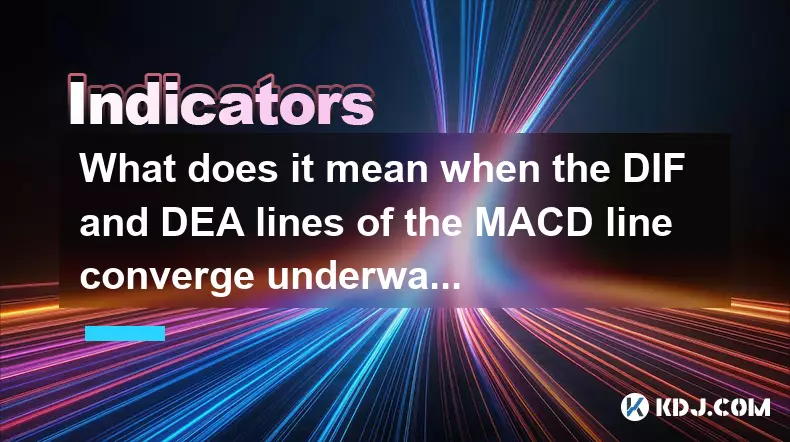
What does it mean when the DIF and DEA lines of the MACD line converge underwater?
Sep 09,2025 at 07:55am
Understanding MACD Components in Bearish Territory1. The MACD indicator consists of three elements: the DIF (Difference), DEA (Signal line), and the M...
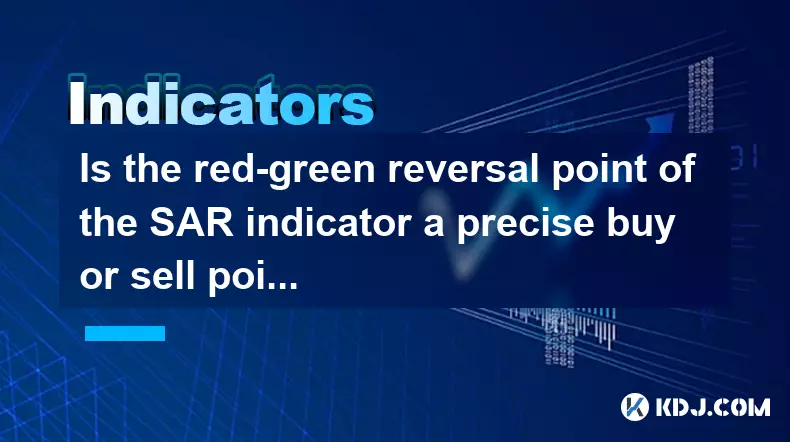
Is the red-green reversal point of the SAR indicator a precise buy or sell point?
Sep 09,2025 at 11:18am
Understanding the SAR Indicator in Cryptocurrency TradingThe SAR (Stop and Reverse) indicator, developed by J. Welles Wilder Jr., is a popular tool us...
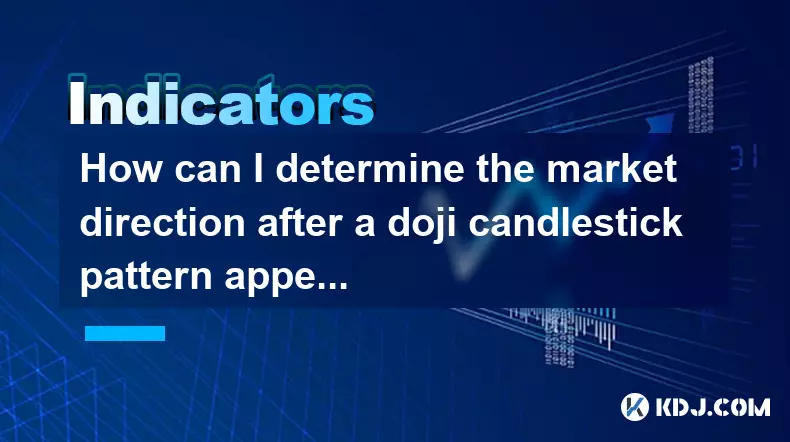
How can I determine the market direction after a doji candlestick pattern appears?
Sep 09,2025 at 05:37am
Understanding the Doji Candlestick in Crypto Markets1. The doji candlestick is a critical formation that signals indecision between buyers and sellers...

How do I confirm a reversal after a "Morning Star" candlestick pattern appears?
Sep 09,2025 at 05:19am
Understanding the Morning Star Candlestick Pattern1. The Morning Star is a bullish reversal pattern that typically forms at the end of a downtrend. It...
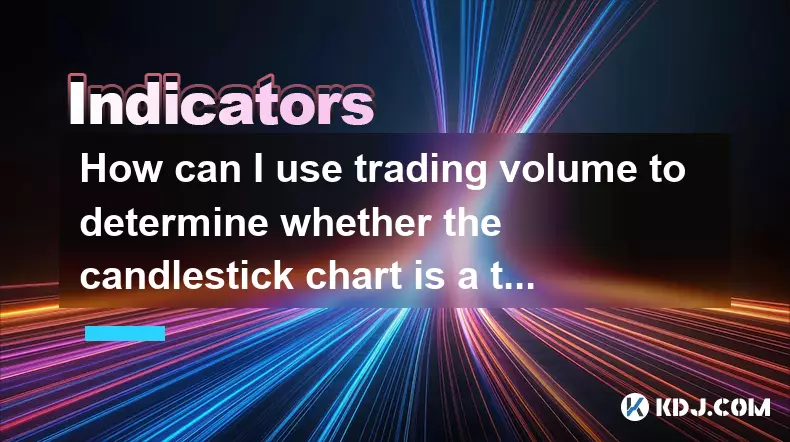
How can I use trading volume to determine whether the candlestick chart is a true breakout or a false breakout?
Sep 09,2025 at 06:18am
Understanding Breakouts in Candlestick Charts1. A breakout occurs when the price of a cryptocurrency moves beyond a defined support or resistance leve...
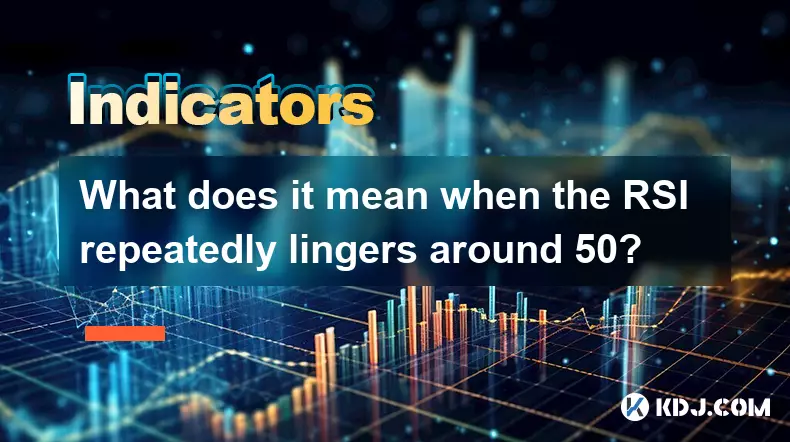
What does it mean when the RSI repeatedly lingers around 50?
Sep 09,2025 at 11:01am
Understanding RSI Behavior Around the 50 LevelThe Relative Strength Index (RSI) is a momentum oscillator widely used in cryptocurrency trading to meas...

What does it mean when the DIF and DEA lines of the MACD line converge underwater?
Sep 09,2025 at 07:55am
Understanding MACD Components in Bearish Territory1. The MACD indicator consists of three elements: the DIF (Difference), DEA (Signal line), and the M...

Is the red-green reversal point of the SAR indicator a precise buy or sell point?
Sep 09,2025 at 11:18am
Understanding the SAR Indicator in Cryptocurrency TradingThe SAR (Stop and Reverse) indicator, developed by J. Welles Wilder Jr., is a popular tool us...

How can I determine the market direction after a doji candlestick pattern appears?
Sep 09,2025 at 05:37am
Understanding the Doji Candlestick in Crypto Markets1. The doji candlestick is a critical formation that signals indecision between buyers and sellers...

How do I confirm a reversal after a "Morning Star" candlestick pattern appears?
Sep 09,2025 at 05:19am
Understanding the Morning Star Candlestick Pattern1. The Morning Star is a bullish reversal pattern that typically forms at the end of a downtrend. It...

How can I use trading volume to determine whether the candlestick chart is a true breakout or a false breakout?
Sep 09,2025 at 06:18am
Understanding Breakouts in Candlestick Charts1. A breakout occurs when the price of a cryptocurrency moves beyond a defined support or resistance leve...

What does it mean when the RSI repeatedly lingers around 50?
Sep 09,2025 at 11:01am
Understanding RSI Behavior Around the 50 LevelThe Relative Strength Index (RSI) is a momentum oscillator widely used in cryptocurrency trading to meas...
See all articles
























